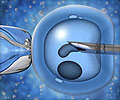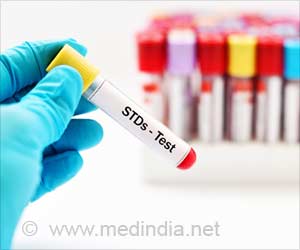
"Ejaculation has always been considered as a whole. However, we believe that it is divided into two quite different phases due to its composition and physiological functions, aimed at achieving two equally important actions in terms of reproduction," said lead author of the study Maria Hebles from Ginemed Assisted Human Reproduction Clinic in Seville, Spain. The first objective of ejaculation would be to fertilize the egg and the second so that no other male has the opportunity to fertilize it.
Therefore, the first fraction is characterized as having protective components such as zinc, whereas the second contains elements that can cause damage to sperm, the researchers said. For the study, the specialists asked 40 participants to collect the ejaculate separately into two containers, one for each phase.
They then separated the first and the second phase and studied the characteristics of the sperm in each of them. The first phase contains an enhanced sub-population of sperm, with less sperm DNA fragmentation, the findings showed. Therefore, the use of sperm from this fraction can have a positive effect on fertilization and embryonic development.
"As we were expecting, the sperm from the first fraction of ejaculate were faster moving and the count was higher, and more importantly, they had higher DNA integrity than sperm from the second phase," the researchers said. However, they noted that the pre-ejaculatory phase or pre-seminal fluid does not contain sperm.
The findings appeared in the journal Systems Biology in Reproductive Medicine.
Advertisement













